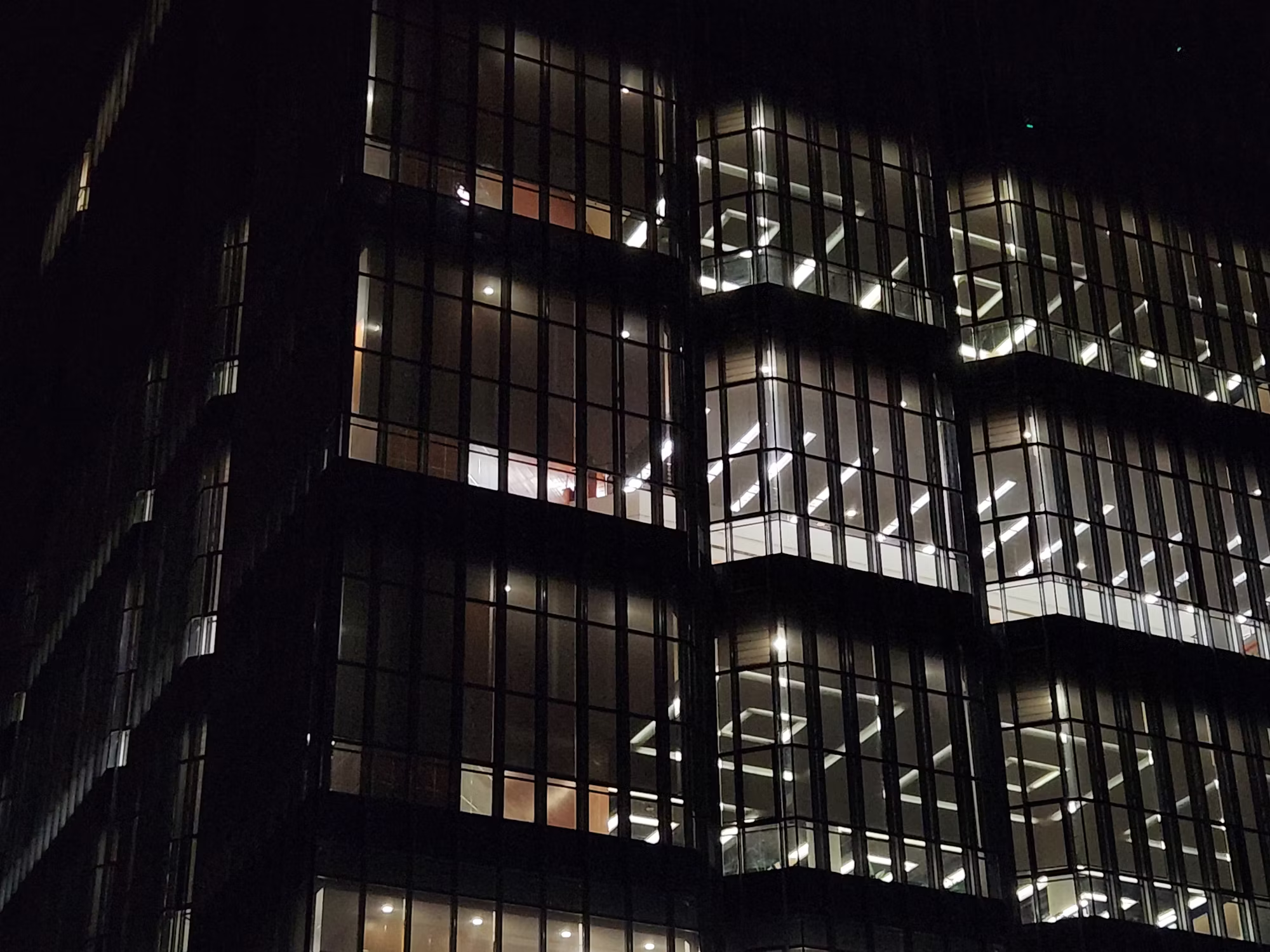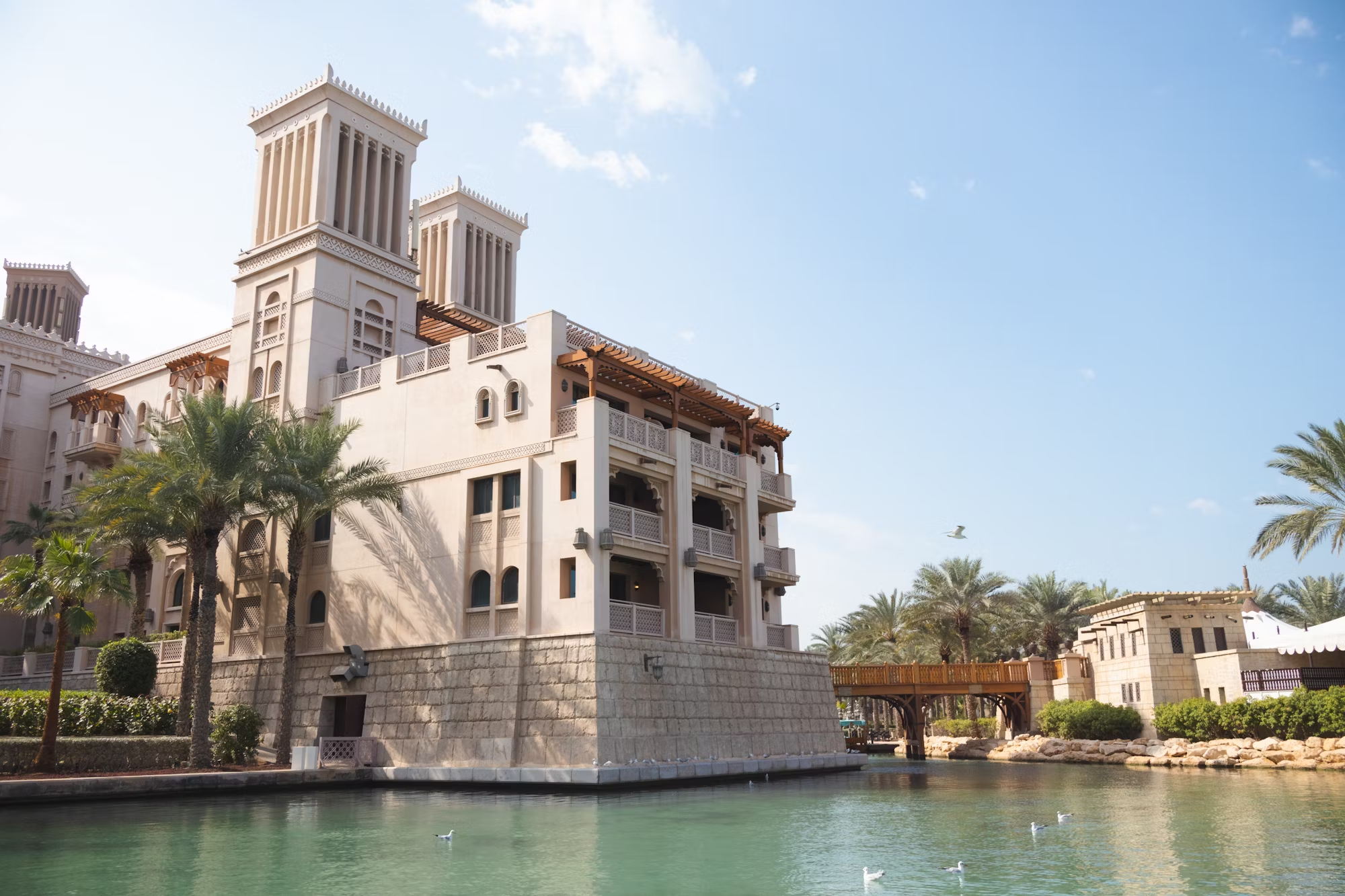The urban landscape has evolved significantly over the past few decades, and with this transformation, luxury condominiums have emerged as a dominant feature of city living. These high-end residential buildings offer premium amenities, exclusive locations, and sophisticated designs that cater to a growing class of affluent individuals seeking convenience, comfort, and status. The rapid rise of luxury condos reflects a broader shift in urban development and real estate investment. In this article, we will explore the key characteristics of luxury condominiums, the reasons behind their popularity, the benefits they offer to residents, and the challenges developers face in creating these upscale living spaces.
What Defines a Luxury Condominium?
A luxury condominium is more than just a high-rise apartment or a modern building. It is characterized by its premium location, state-of-the-art amenities, and exceptional design. Luxury condos are typically located in prime urban areas, often offering stunning views of the city skyline, parks, or waterfronts. These properties are designed with high-end materials and finishes, including top-tier appliances, custom cabinetry, and advanced home automation systems.
But what truly sets luxury condos apart is the range of services and amenities they offer. From 24-hour concierge service and private elevators to in-house spas, fitness centers, and valet parking, luxury condominiums are designed to provide residents with an unparalleled living experience. Many luxury buildings also include exclusive social spaces like rooftop gardens, wine cellars, and resident lounges, further elevating the lifestyle they promise.
The Growth of Luxury Condominiums
Over the past two decades, the demand for luxury condominiums has skyrocketed, particularly in major metropolitan cities around the world. Cities such as New York, London, Hong Kong, Dubai, and Singapore have seen an influx of high-end developments catering to wealthy residents, expatriates, and international investors. This demand is driven by a variety of factors, including economic growth, globalization, and shifting preferences in urban living.
1. Affluent Populations and Wealth Distribution
One of the key factors contributing to the rise of luxury condominiums is the growing wealth of the global elite. As the world’s wealthiest individuals accumulate more assets, there is an increasing demand for high-end, secure, and well-located properties. Luxury condominiums offer a lifestyle that reflects their owners’ social status and taste, making them a desirable investment.
In many cities, foreign investors are also a significant driving force behind the growth of luxury condos. These investors often purchase properties not only for personal use but also as part of their investment portfolios. The luxury real estate market has become increasingly globalized, with buyers coming from all corners of the world. In some cases, these properties are used as second homes or vacation residences, while in others, they are purchased as long-term investments.
2. Changing Preferences in Urban Living
Another contributing factor to the rise of luxury condominiums is the shift in preferences toward more flexible, urban-centric living. The traditional suburban single-family home model no longer appeals to many affluent buyers, particularly younger generations who prioritize convenience, lifestyle amenities, and proximity to work, cultural activities, and entertainment options. Luxury condos provide an attractive alternative to suburban living, offering a higher level of convenience and a cosmopolitan lifestyle.
Additionally, many luxury condo buyers are looking for properties that are low-maintenance and offer a high level of security and privacy. Luxury condominiums typically include features like concierge services, security personnel, and advanced surveillance systems, which cater to residents who value peace of mind and convenience.
3. Urban Revitalization and Infrastructure Development
In many cities, the rise of luxury condominiums is also a byproduct of urban revitalization and large-scale infrastructure projects. As cities undergo redevelopment and gentrification, former industrial areas and aging neighborhoods are being transformed into vibrant urban districts. Luxury condominiums play a central role in these urban renewal projects, as they bring in both investment and high-income residents who are willing to pay a premium for prime real estate.
With new developments in transportation, entertainment, and public infrastructure, luxury condos are often located near major cultural landmarks, business hubs, and transit stations. This makes them highly desirable to those who want to live in the heart of the action, where everything is within reach.
The Benefits of Luxury Condominiums
Luxury condominiums offer a variety of benefits to residents, making them an attractive choice for affluent buyers and investors alike. Some of the key advantages of living in a luxury condo include:
1. Exclusive Amenities and Services
One of the biggest draws of luxury condominiums is the array of amenities and services they provide. Residents can enjoy on-site fitness centers, spas, heated swimming pools, private screening rooms, and even personal chefs or concierge services. These exclusive perks are designed to enhance the residents’ lifestyle and ensure that they have everything they need at their fingertips.
For example, some luxury condos offer residents access to private rooftop terraces, wine cellars, and art galleries. These spaces are ideal for socializing, entertaining guests, or simply enjoying a relaxing evening at home. In addition, many luxury buildings offer business services such as meeting rooms, office spaces, and high-speed internet to accommodate the needs of busy professionals who work from home or run their own businesses.
2. Unmatched Location and Views
Luxury condominiums are typically situated in prime urban locations, often offering breathtaking views of the city skyline, the waterfront, or other iconic landmarks. These properties allow residents to experience the best of city living, with access to high-end shopping, fine dining, cultural attractions, and entertainment venues just a stone’s throw away.
Whether it’s a penthouse overlooking Central Park in New York or a condo with views of the Dubai skyline, the location of luxury condos is a key selling point. The proximity to work, leisure, and transport hubs is a huge advantage for those who value convenience and easy access to everything the city has to offer.
3. High Security and Privacy
Security is a major concern for luxury condo buyers, and developers understand this need. Many luxury buildings feature 24-hour security, surveillance systems, and private access control to ensure that residents feel safe and secure at all times. In addition, the presence of concierge staff and security personnel provides an extra layer of protection, giving residents peace of mind knowing that their homes are protected.
Many luxury condominiums also prioritize privacy, with units featuring private entrances, soundproofing, and sophisticated locks and security systems. This focus on privacy allows residents to enjoy a more tranquil and secure living environment.
The Challenges of Developing Luxury Condominiums
While luxury condominiums offer a host of benefits, there are also several challenges that developers must navigate when creating these high-end properties. These include:
1. High Construction Costs
Building a luxury condominium requires significant investment in terms of both construction and design. High-quality materials, cutting-edge technology, and custom finishes are all expensive, and the cost of construction can be considerably higher than for standard residential buildings. Moreover, luxury condos often require specialized contractors and designers, further driving up costs.
2. Market Volatility and Economic Risks
The luxury real estate market can be unpredictable, particularly during times of economic uncertainty. While the demand for luxury properties tends to be resilient, downturns in the economy or fluctuations in interest rates can have a significant impact on sales and rental prices. Developers must be mindful of these risks when planning luxury condo projects, ensuring that they can weather any economic storms that may come their way.
3. Competition and Overdevelopment
In some cities, there has been an oversaturation of luxury condominium developments, leading to fierce competition among developers. With so many high-end projects available, developers must find ways to differentiate their properties and offer something unique to attract buyers. This could involve offering exclusive amenities, prime locations, or tailored services that appeal to specific demographics.
The Future of Luxury Condominiums
As cities continue to evolve, the demand for luxury condominiums is expected to remain strong. However, the future of luxury real estate may involve even more innovative and sustainable design concepts. Developers are increasingly incorporating green building practices, energy-efficient systems, and smart home technologies to appeal to eco-conscious buyers and investors.
In addition, the shift toward more flexible, remote working arrangements may influence the design of luxury condos, with more emphasis on home offices, co-working spaces, and adaptable living areas. The rise of smart cities and the integration of technology into urban living will likely continue to shape the future of luxury condominiums.
In conclusion, luxury condominiums are not only a symbol of status and wealth but also a reflection of the changing preferences of urban dwellers. With their exclusive amenities, prime locations, and focus on security and privacy, these properties offer an unparalleled living experience for those who can afford them. While developers face challenges in building and marketing these high-end properties, the demand for luxury condos is expected to continue growing, making them a key component of modern urban development.



